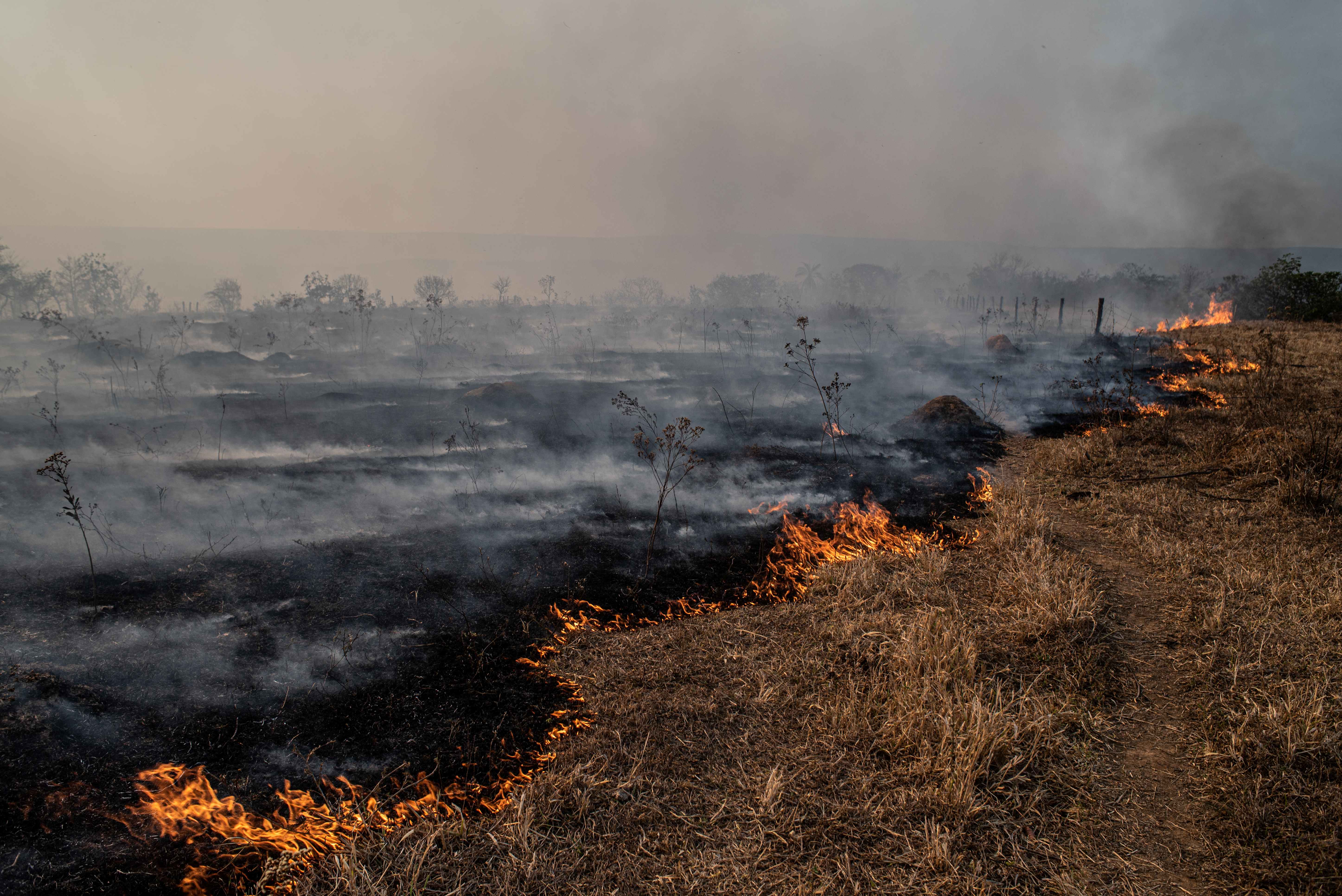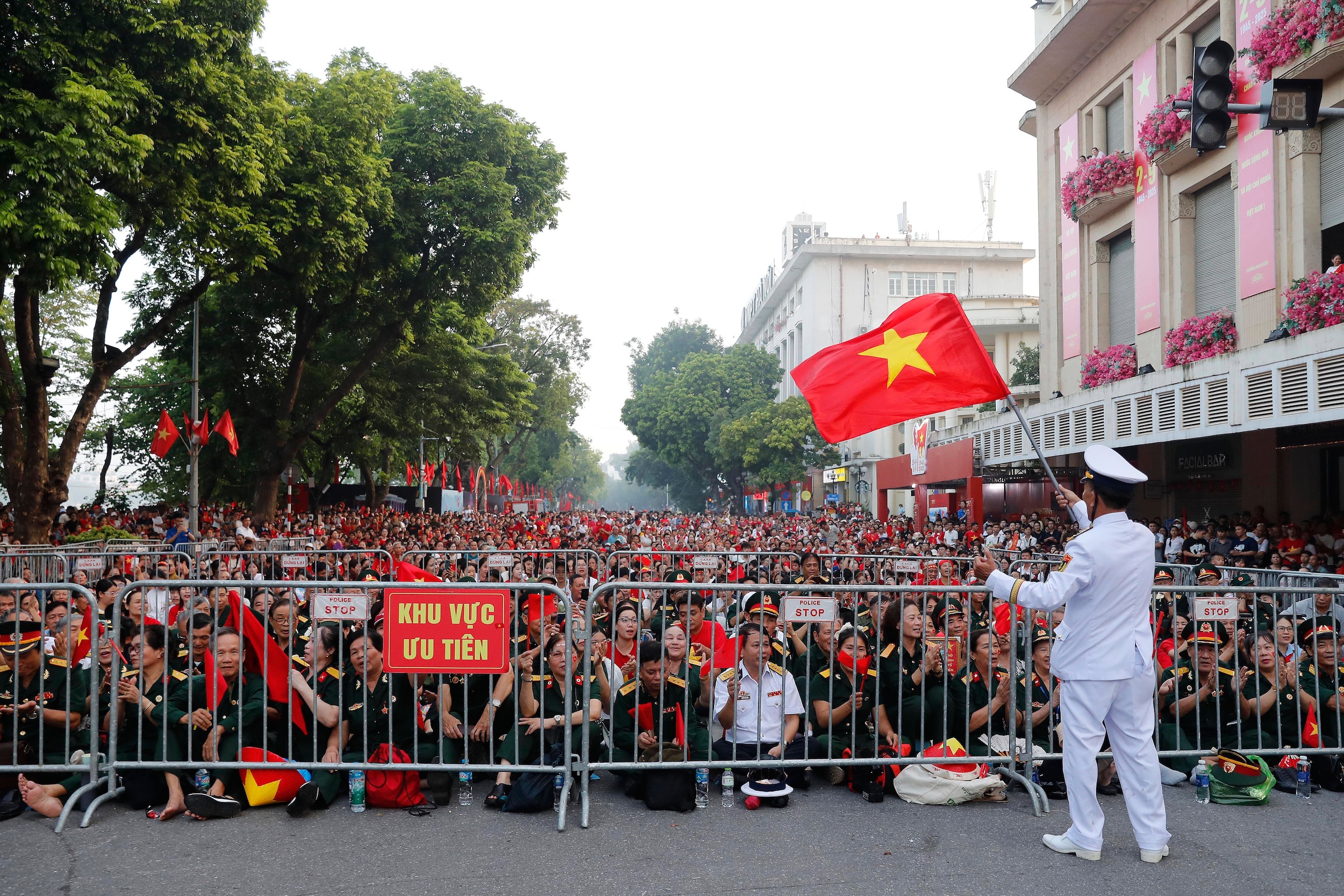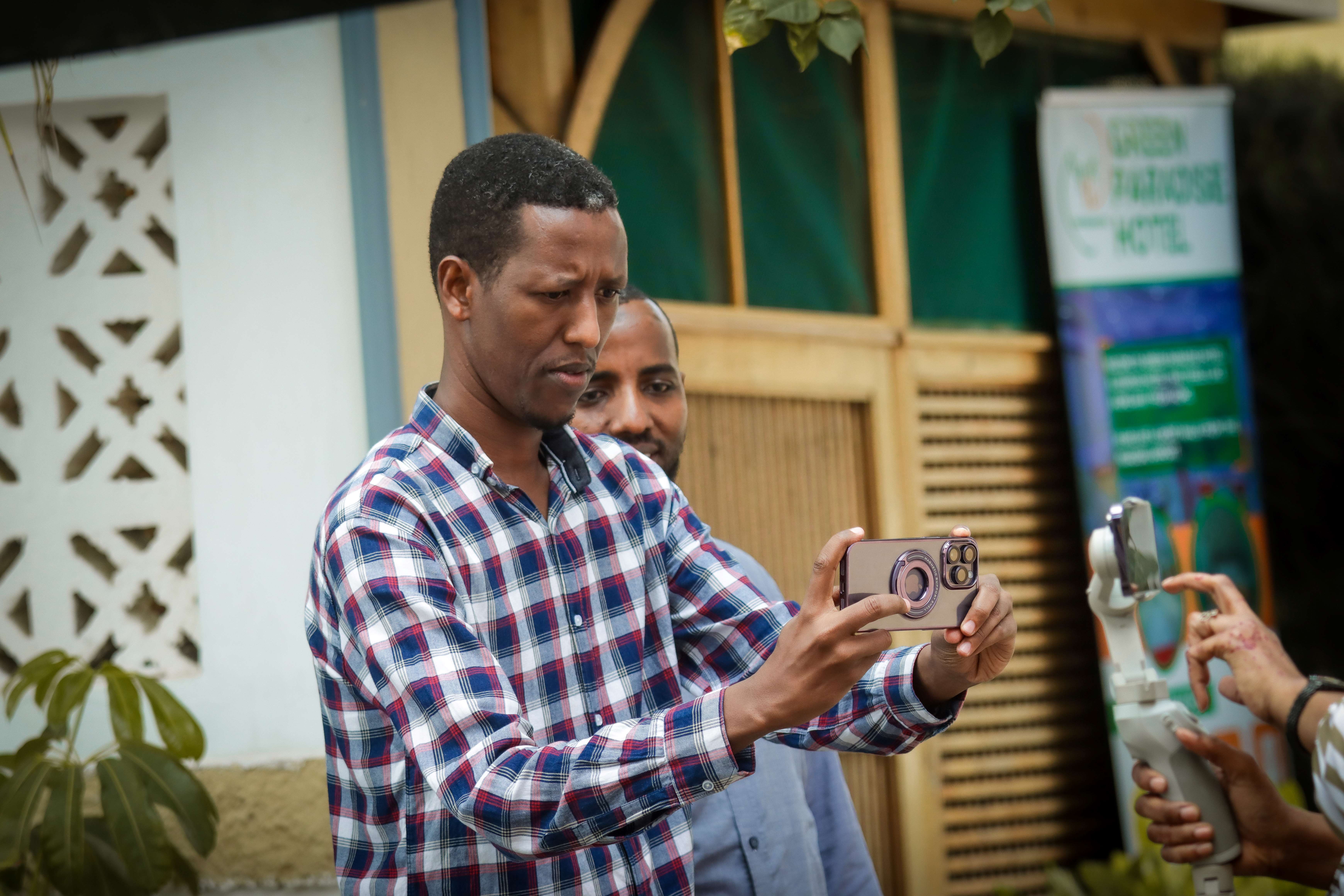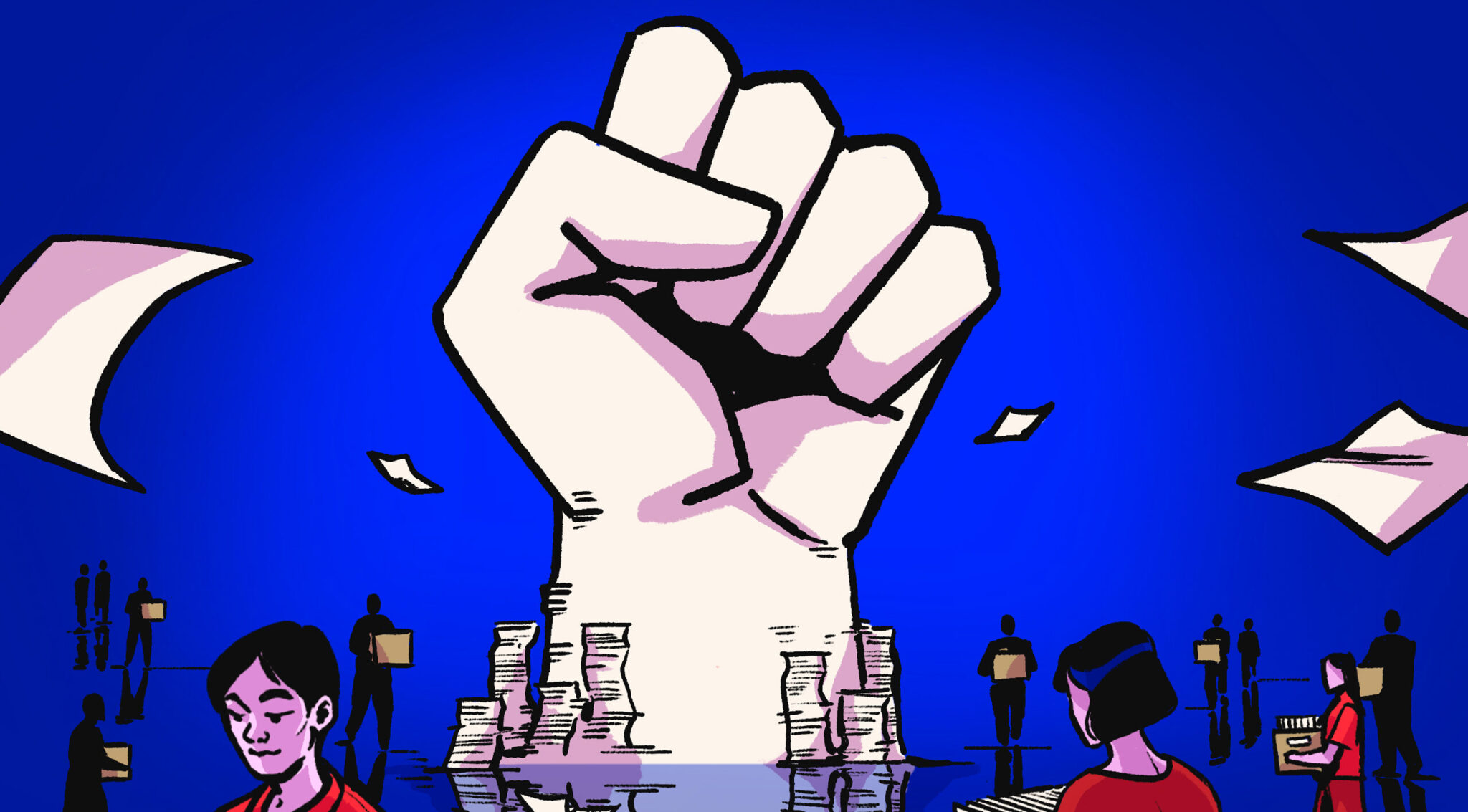لطالما لعبت الإحصاءات والأرقام دوراً أساسياً في عمليات قياس الأثر والانتشار لوسائل الإعلام، حيث كانت الصحف الأقوى هي التي تبيع نسخاً أكثر، والمحطات الإذاعية الأقوى هي التي لديها فئات واسعة من الجمهور.
وتستمر هذه الطريقة في القياس بالتأثير على الصحافة في العالم الرقمي المعاصر، لكن بصورة أكثر توسّعاً ووحشية، خصوصاً بعد الصعود الحاد لأعداد المؤسسات الصحفية، والذي أثّر على المنافسة بين المؤسسات الصحفية. هذه المنافسة التي يقودها تأثير الشركات التي تقدّم خدمات التقنيات المرتفعة، مثل شركات محركات البحث ومنصات التواصل الاجتماعي، التي ساهمت في تعزيز القياس الإحصائي في قطاع الصحافة بطريقة خلقت إخلالاً في نوعية المحتوى الصحفي المقدّم للجمهور، وحوّلت التفاعل إلى سلعة ذات قيمة سوقية، تُعلي من شأن لحظة التفاعل الآني دون النظر إلى ما بعده من تأثيرات على المجتمع أو الأفراد.
المشاكل التي خلقتها طرق القياس الإحصائية في العالم الرقمي متعددة، منها:
- منح وزن موحّد للجمهور؛ بحيث تصبح المشاهدة أو النقرة على رابط ما بنفس القدر من الأهمية، سواء أكانت من شخص لا تأثير له أم من شخص له قدرة تأثيرية في القرار بقضية ما.
- تحويل الجمهور من أشخاص يتفاعلون مع المحتوى الصحفي ويؤثرون فيه ويتأثرون به إلى مجرّد نقرات على روابط.
- التركيز على المحتوى الجدلي أكثر فأكثر، وهذا أصبح واضحاً في أداء المواقع الإخبارية وصفحات التواصل الاجتماعي التي تركّز على المحتوى المثير للجدل على حساب الأخلاقيات أو على حساب المواضيع ذات الأهمية.
- انخفاض الاهتمام بقضايا الجمهور التي تمسّ حياته الواقعية وهمومه الأساسية مقابل نشر أي قصة من حول العالم يمكنها جلب القراءات، ما خلق فجوة بين الجمهور ومؤسسسات الإعلام.
- عزوف وسائل الإعلام عن العمل على إحداث الأثر الإيجابي في حل مشاكل المجتمعات أو ممارسة الرقابة على المسؤولين، أو خلق مساحات نقاش لأفراد المجتمع.
جذور الإشكالية مع الطرق الإحصائية قادمة من منطلق فكري أيضاً، باعتبار أن شركات التقنيات المرتفعة ما هي إلا امتداد للنهج الاقتصادي النيوليبرالي، والذي يؤدي إلى خلق فائض إنتاجي كبير، ويركّز على النمو الإحصائي صعوداً باعتباره الأساس في مقياس النجاح، ولا يولي أهمية للتنمية الأفقية سواء في بناء المعرفة لدى الجمهور أو تزويد المجتمع بالمعلومات التي يحتاجها، الأمر الذي تسبب في خلق ظواهر جديدة مثل "تجنّب الأخبار" و"عبء الأخبار" على الجمهور.
لهذه الأسباب نرى وسائل التواصل الاجتماعي مليئة بالأخبار التي لا يمكنها خلق معرفة تراكمية تؤثر في أداء الجمهور كمواطنين طامحين للتغيير في مجتمعهم ومنخرطين في قضاياه، كما لم تعد طبيعة الأخبار المقدّمة قادرة على بناء وعي من أي نوع لدى الجمهور.
المشاكل التي خلقتها طرق القياس الإحصائية في العالم الرقمي متعددة، منها هو وزن موحّد للجمهور؛ بحيث تصبح المشاهدة أو النقرة على رابط ما بنفس القدر من الأهمية، سواء أكانت من شخص لا تأثير له أم من شخص له قدرة تأثيرية في القرار بقضية ما.
كما تعمل شركات التقنية الكبرى على إيهام الصحفيين والمؤسسات الصحفية بأن التفاعل مع المحتوى الصحفي يحمل بمجمله صبغة إيجابية، لأن الجمهور لا يمتلك سوى وسيلة واحدة للتعبير عن رأيه في المحتوى المُقدّم، وهي الإعجاب، وإن كانت منصة فيسبوك تضع خيارات أخرى لكنها في الأغلب إيجابية، وبهذا لم يعد الصحفي يفكر بالجانب الآخر من الجمهور الذي لم يتفاعل مع المحتوى لأنه لا يعجبه ولم يعد قادراً على فهم كل أنماط الجمهور.
من الضروري في هذا السياق تحديد الأنواع المختلفة لتفاعل الجمهور التي يمكن تقسيمها إلى ثلاثة أنواع، وهي التفاعل الإيجابي (مثل وضع الإعجابات والتعليقات الإيجابية)، والسلبي (مثل وضع تعليقات سلبية)، وهذان النوعان لا يمكن التعرف على الفارق بينهما طالما كان الاعتماد على الإحصاءت والأرقام هو الأساس في قياس الجمهور.
النوع الثالث هو الانفصال عن التفاعل، ولا يظهر تأثيره لأن التركيز على النمو الإحصائي لا يجعل المؤسسات الصحفية تلاحظ أنها تعزل أجزاء من الجمهور شيئاً فشيئاً، كونها تبني جمهوراً جديداً، حتى تصل في النهاية إلى نوع من العزلة مع جمهور متجانس الأفكار لا يعبر بشكل كافٍ عن التعددية في المجتمعات.
في محاولة للثورة على القياسات الإحصائية والتعريف المختلّ للتفاعل الذي رسّخته شركات التقنية المرتفعة، وضع الباحثان آنيت هيل وبيتر دالغرين في كتابهما "التفاعل الإعلامي" الصادر عام 2022 تعريفاً جديداً للتفاعل الإعلامي، يرون فيه أن التفاعل الإعلامي عبارة عن "قوة داخلية نشطة تدفع المواطنين إلى المشاركة في المجتمع"، و"عملية ديناميكية متجذرة في التأثير العاطفي والهوية".
جذور الإشكالية مع الطرق الإحصائية قادمة من منطلق فكري أيضاً، باعتبار أن شركات التقنيات المرتفعة ما هي إلا امتداد للنهج الاقتصادي النيوليبرالي، والذي يؤدي إلى خلق فائض إنتاجي كبير.
المعايير الخمسة لقياس الأثر على الجمهور:
هناك خمس معايير لقياس الأثر على الجمهور وهي السياقات، الدوافع، الطرائق، الشدة والآثار.
للخروج من أزمة الإحصاءات وضع الباحثان آلية من خمسة معايير تسمح بوضع تصوّرات أكثر عمقاً وفهماً لتأثير المحتوى الإعلامي على الجمهور، بهدف تطويره وسد الثغرات فيه والتواصل بشكل أفضل مع الأفراد الذين يتابعونه، كما يعطي المؤسسة الصحفية فهماً أوسع لآليات استخدام هذا المحتوى وطرق التعامل معه. المعايير الخمسة: هي السياقات والدوافع والطرائق والشدة والعواقب.
السياقات: وهو أكثر المعايير قدرة على الاستفاضة والشرح، وتساعد في فهم الحالة العامة من التفاعل مع المحتوى الإعلامي، وفيها يتم النظر إلى السياقات الثقافية والسياسية والاقتصادية والاجتماعية والنفسية، وتشمل أيضاً مواقع إنتاج المحتوى، ومواقع استقباله، والسياقات المحلية والوطنية والعابرة للوطنية، إلى جانب عامل الوقت.
لنأخذ هنا مثالاً توضيحياً، إن خبراً على منصة "الجزيرة بلس" حول فتاة تقتحم بنكاً في لبنان، يمكن ربطه بالسياقات الاقتصادية والسياسية والاجتماعية للبلد الذي حصلت فيه الواقعة، إلى جانب السياق الأخلاقي للواقعة كون المقتحمة لديها سبب مقنع أخلاقياً إلى جانب السياق الجندري لأن فعلاً مشابهاً لا يحصل بشكل دائم من إناث.
في ذات الحدث، لعبت زاوية الصورة العفوية بوضع الفتاة بموقع بطولي حيث تم تصويرها داخل البنك من زاوية منخفضة، وهي تحمل مسدساً، وهو عامل قوة فردية في صراع مع سلطة رأس المال التي يمثلها البنك، وهذا له علاقة بالسياق المكاني.
محلياً، فإن التفاعل مع المحتوى ربما كان بمثابة حركة احتجاجية ضد الوضع القائم في لبنان، أما إقليمياً فربّما كان متعلقا بالقلق الذي يشعر به مواطنون في دول عربية أخرى على حافة الانهيار الاقتصادي.
أما عامل الوقت، فيمكن ربطه بوقت مشاهدة الحدث، هل في ذات اللحظة التي لا يزال فيها الحدث قائماً، أم بعد أيام.
الدوافع: يشير هذا المعيار إلى القصد من وراء التفاعل مع المحتوى الإعلامي، باعتبار أن كل عمل بشري له نوع من القصد وراءه، حتى لو كان على مستوى اللاوعي. وهنا من الممكن أن تكون الدوافع ميولاً ذاتية، لكن لأجل الحصول على نظرة شمولية من المهم البحث عن أنماط متكررة للدوافع بين الجمهور.
قد يكون الفضول الأساسي اليومي هو الدافع وراء متابعة المحتوى الإعلامي، أو الحاجة إلى المعرفة، أو البحث عن اهتمامات فردية أو مشتركة، أو ربّما الترفيه والمتعة، مثل الاسترخاء أو الهروب من الواقع أو الرومانسية، أو الرغبة في الانضمام إلى مجتمعات ومجموعات وشبكات مختلفة، ومن الممكن أن يكون الدافع متعلقًا بالشعور بالالتزام أو المسؤولية أو التضامن، خصوصاً عندما تكون القيمة تتعدى الذات الفردية.
تعمل شركات التقنية الكبرى على إيهام الصحفيين والمؤسسات الصحفية بأن التفاعل مع المحتوى الصحفي يحمل بمجمله صبغة إيجابية، لأن الجمهور لا يمتلك سوى وسيلة واحدة للتعبير عن رأيه في المحتوى المُقدّم، وهي الإعجاب.
الطرائق: وتُقسم إلى قسمين، الطرائق المعرفية أو الإدراكية، والطرائق العاطفية، وتعبّر عن طرائق التأثر بالمحتوى.
الطرائق العاطفية تتأثر بشكل مباشر بطريقة بناء القصة عاطفياً. على سبيل المثال السرد القصصي للأخبار، ذلك المبني على شخصية معينة تتطور في القصة الإخبارية يخلق نوعا من الترابط بين القارئ والشخصية، والطرائق العاطفية هي السبب وراء شعور الجمهور بمجموعة من المشاعر أثناء تعرّضهم للمحتوى الإعلامي، من الحب إلى الكراهية إلى الغضب أو اللامبالاة وغيرها.
أما المعرفية فتتعلق بالتأثير المعرفي للمحتوى الإعلامي على الجمهور، وهو ما تقوم به وسائل الإعلام من دفع المواطنين إلى التفكير بمجموعة متنوعة من القضايا الاجتماعية والسياسية والأخلاقية، أو تساعدهم على فهم مشكلة معينة بشكل أوضح، والتفكير في الآثار المترتبة على المشكلة، مع احتمالية إمكانية القيام بتحرّك حيال هذه المشكلة من قبل الجمهور.
الشدّة: وتعني شدّة التعرّض للمحتوى الإعلامي، وهي مرتبطة بالمدّة الزمنية والجهد الذي يبذله الشخص من أجل هذا المحتوى. فالمدة التي تستغرقها تجربة التفاعل مع المحتوى لها أهمية كبيرة، ومع ذلك يتم تجاهل هذا الجانب في كثير من الأحيان، فكل المشاهدات على فيديو مدته 10 دقائق بالنسبة لفيسبوك هي مشاهدات بغض النظر إذا استمرت لمدة دقيقة أو عشر دقائق، وإذا تمت مشاهدتها مرة واحدة أو عدّة مرات من ذات الشخص.
والمدد يمكن تقسيمها إلى أنواع، منها العابرة سواء كانت بالتعرض للمحتوى والانتقال إلى آخر بسرعة، أو إذا كان المحتوى بحد ذاته قصيرا مثل تغريدة. ومنها المكثفة وهي التي تحدث على فترات معينة في حياة الفرد، مثل مشاهدة كل حلقات الدحيح في أسبوع لأسباب لها علاقة بالحاجة إلى المعرفة أو الشعور بالتخلف عن ركب مناقشي حلقات الدحيح.
وهناك مدد أكثر استدامة، وهي تلك التي تخلق روابط عميقة مع الجمهور، وتستطيع أن تتحول إلى روتين معتاد في الحياة اليومية للأفراد، وتؤثر على الذكريات العامة والخاصة للمجتمع.
الآثار: يشير هذا المعيار إلى النتيجة والآثار المترتبة على التفاعل مع المحتوى الإعلامي، ويمكن أن تتخذ أشكالًا عديدة، من الشعور بالتمكين، إلى تجربة المتعة، إلى الإحساس بالحصول على معرفة جديدة، أو ربّما الشعور بالإحباط وعدم الاكتفاء من المعلومات المقدمة في المحتوى.
ولا يعتبر الباحثون أنه يجب أخذ جميع المعايير لفهم التفاعل مع المحتوى الإعلامي، لكن ما يكفي فقط للإجابة على أسئلة تأثير المحتوى على الجمهور ضمن كل حالة يُراد قياسها بشكل فردي، مما يساعد في الوصول لتأثيرات أكثر عمقاً يمكن الاستفادة منها لتطوير المحتوى وبناء علاقات أفضل مع الجمهور، إلى جانب البحث عن طرق مناسبة لتقديم محتوى ذي منفعة للمجتمع.
السياقات هو أكثر المعايير قدرة على الاستفاضة والشرح، وتساعد في فهم الحالة العامة من التفاعل مع المحتوى الإعلامي بالنظر إلى السياقات الثقافية والسياسية والاقتصادية والاجتماعية والنفسية، وتشمل أيضاً مواقع إنتاج المحتوى، ومواقع استقباله، والسياقات المحلية والوطنية والعابرة للوطنية.

![Palestinian journalists attempt to connect to the internet using their phones in Rafah on the southern Gaza Strip. [Said Khatib/AFP]](/sites/default/files/ajr/2025/34962UB-highres-1705225575%20Large.jpeg)






































